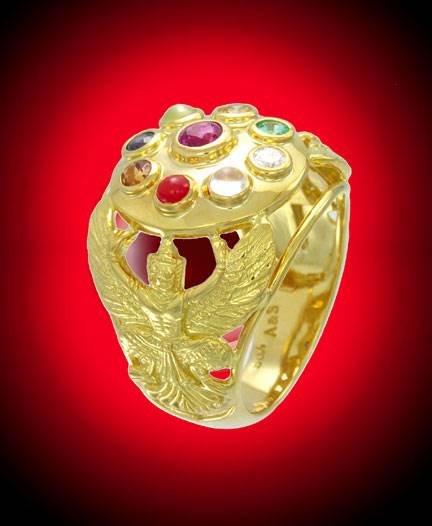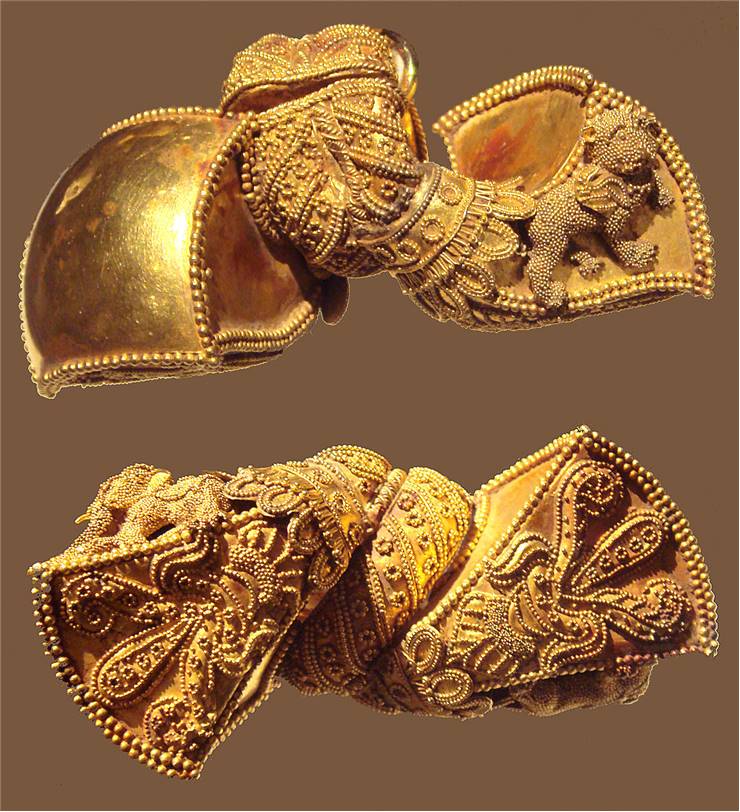History of Indian Jewelry and Fashion
Among many civilizations who practiced the art of jewel making, India managed to separate itself as one of the most innovative and consistent places where art forms received uninterrupted and continuous development over 5000 years. While other civilizations went through their ups and falls, India managed to remain consistent through their political and cultural and refine their jewel making to the point that it became closely connected to their religion and way of life.
Ever since the birth of Indian civilization some 8 thousand years ago, their population liked to adore themselves in various decorative items. As time slowly went on and new technologies for extracting and processing of raw materials became available, crude bracelets, anklets, amulets made from shells and clay became changed with more durable materials. It was around 5000 years ago that art of jewelry finally started spreading and ever since then India became one of the highest producers of jewelry in the world. Empowered by almost endless supplies of precious materials such as gold, silver, copper, ivory, coral, ruby, sapphire, agate, and diamond (which they were first who discovered a way to mine it), they were able to produce jewelry which implemented both their own and foreign styles. Initial Greek influence designs of Gandharva and Sunga period were changed with the coming of Sung dynasty which preferred focus on gold and gems. Reign of Akhbar brought Iranian and Hinduy influences, Shah Jahanin corporated Dutch designs to the jewelry made for arms, legs, necks, turbans, face and hands. However, through all of those changes, the thread of traditional Indian design always changed.

Use of jewelry in India was always incorporated in daily life. People embraced tradition of decorating themselves for various public or religious occasions, rulers and kings tried to portray themselves as gods and wore attire that was almost entirely covered by gems and gold (in later periods they enforced law which allowed only them to carry gold and gems). One of the most prized jewels in all of India was Navaratna amulet, which was worn by Maharajas. It had nine precious gems in its structure (diamond, pearl, ruby, sapphire, emerald, topaz, cat's eye, coral, and hyacinth).
Among all jewelry materials, gold was celebrated for its durability and was often symbol of a warm sun and immortally. Another popular metal was silver, which was associated to the moon and its night shine.



